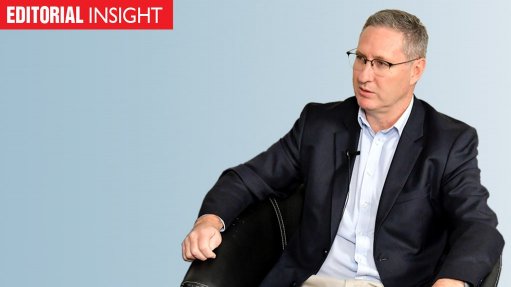
In any other year, Eskom’s request for a 32% tariff hike would have hogged the print and online media headlines and consumed hours of interview and talk-show time across all broadcast platforms.
This year, however, the National Energy Regulator of South Africa’s (Nersa’s) hearings were entirely overshadowed by the load-shedding crisis, which continues to sap the faltering South African economy of much-needed confidence and productivity, while raising frustrations across society.
This lack of awareness was reflected in the hearings themselves, which turned out to be fairly humdrum, with only a handful of presenters making oral representations during what turned out to be just three half days of poorly attended virtual sessions. Nersa initially set aside five days for hybrid hearings across all nine provinces.
The lack of interest belies the gravity of the matters under consideration; ones that have implications for every business and household.
Perhaps it’s an indication that society has become numbed to the ‘tariff tango’, where Eskom bids high and Nersa responds by cutting that bid in half. Perhaps it reflects a decline in the credibility of the regulator, which has lost just about every legal challenge Eskom has mounted.
Those past legal disputes are now finding their way into the tariff directly, with Eskom’s application for revenue of R351-billion for the 2024 financial year inclusive of the R15-billion court order, stipulating that the utility be allowed to recover, over five financial years, the full R69-billion equity injection Nersa incorrectly deducted from a prior decision.
Whatever the reason, it’s a concern, as the issues under review are incredibly far-reaching for both society and Eskom’s sustainability.
The lack of interest is also worrying, as the hearings provide an important snapshot into the state of Eskom and its predicaments.
Close watchers of the utility will not be surprised that Eskom has lowered its projected energy availability factor to a measly 59%, well below the 62% outlined in January when hearings were held to adjudicate the first year of Eskom’s three-year fifth multiyear price determination (MYPD5) and massively below the 72% outlined in its original submission, made in June last year. Nersa is currently adjudicating the second two years of the MYPD5.
Nevertheless, the implications on the utility’s costs only became clear during the Nersa process. Eskom is now assuming that the load factor of the diesel plants will rise from 5% to 12%, which would trigger a surge in its diesel costs to R16.9-billion in 2024, a staggering R11.8-billion increase relative to prior forecasts.
The figure is arguably realistic, given that Eskom has spent R7.7-billion in the first six months of the current financial year on diesel and expects the figure to double before the financial year ends on March 31, despite having budgeted about R8-bilion for the entire year.
In other words, while the hearings may have been something of a damp squib, the shocking insights they provided were anything but.